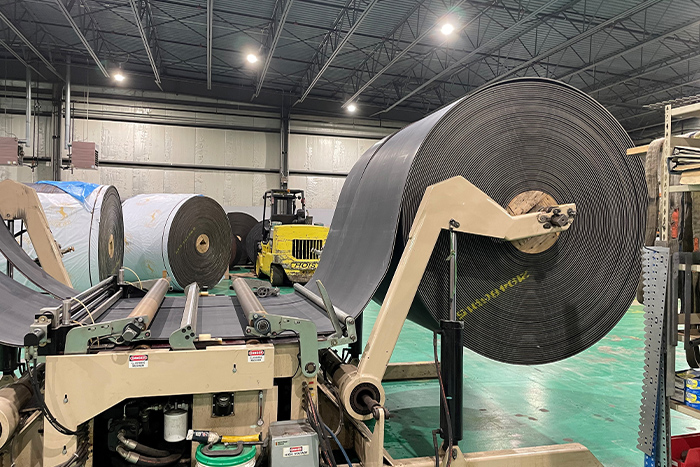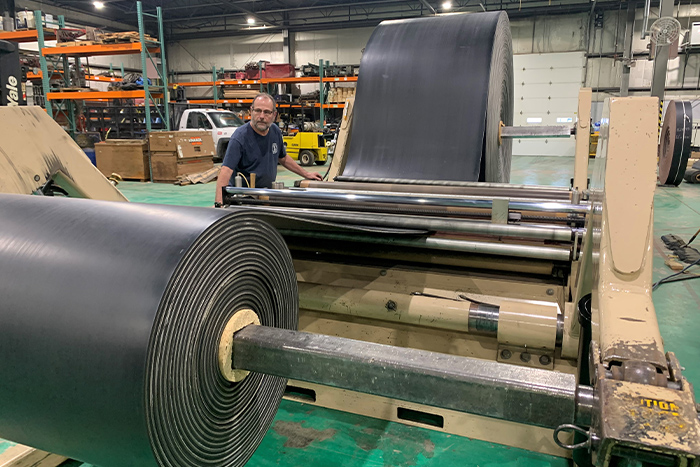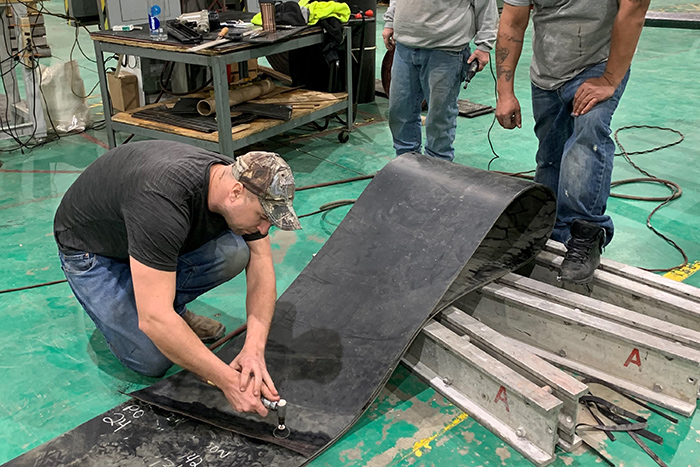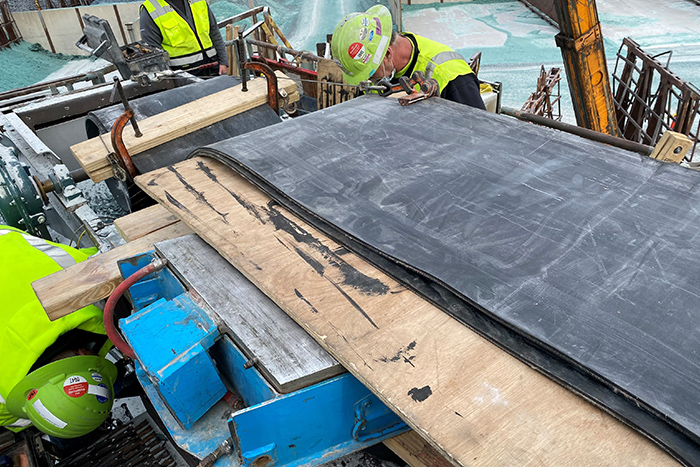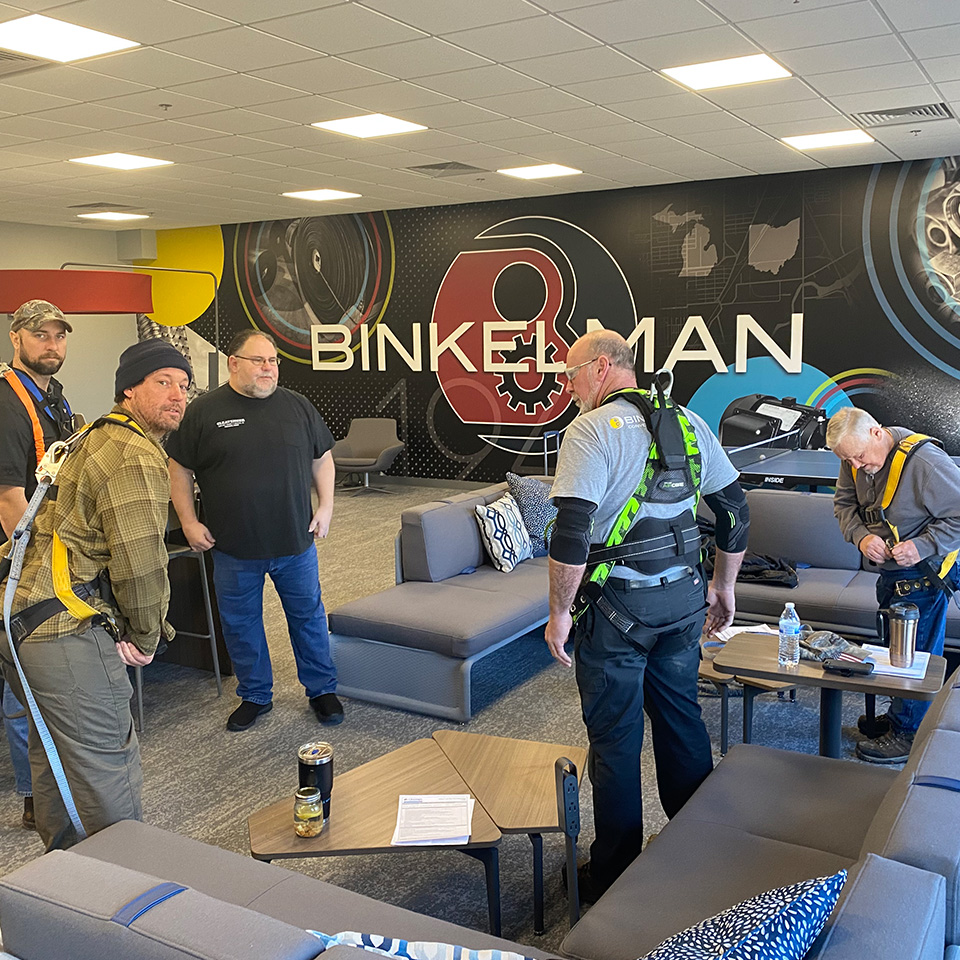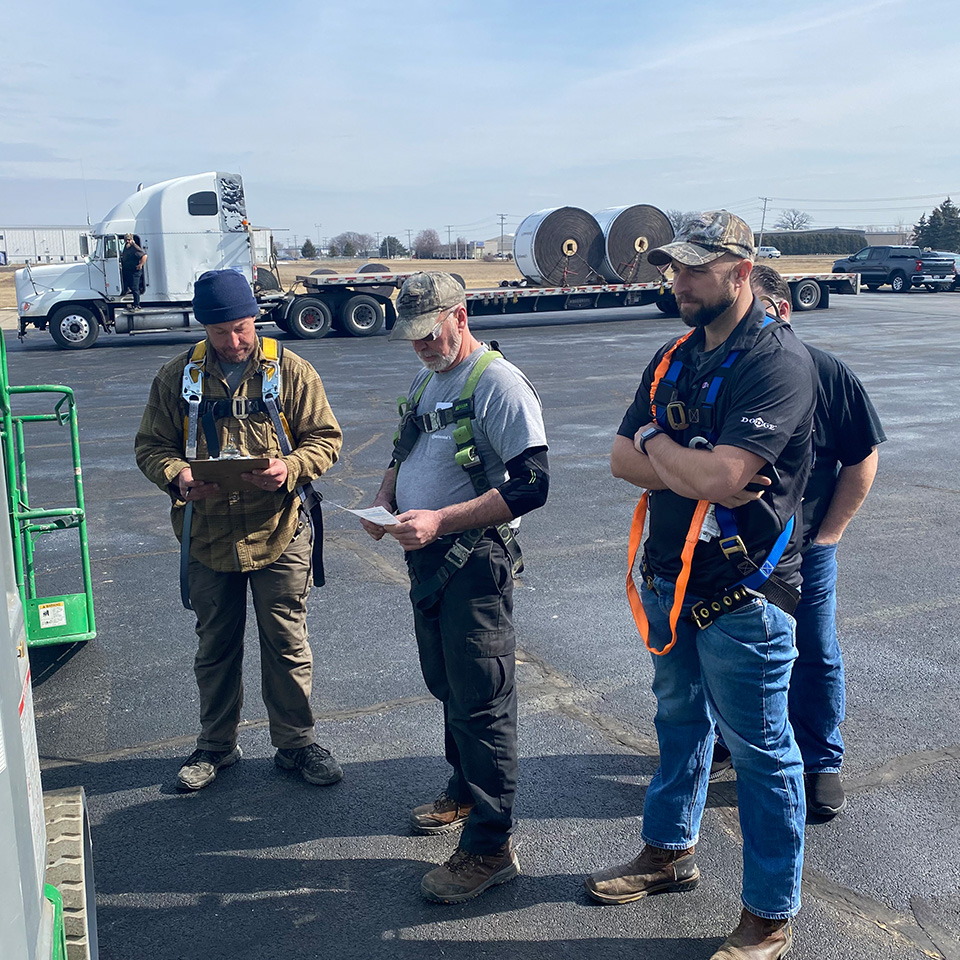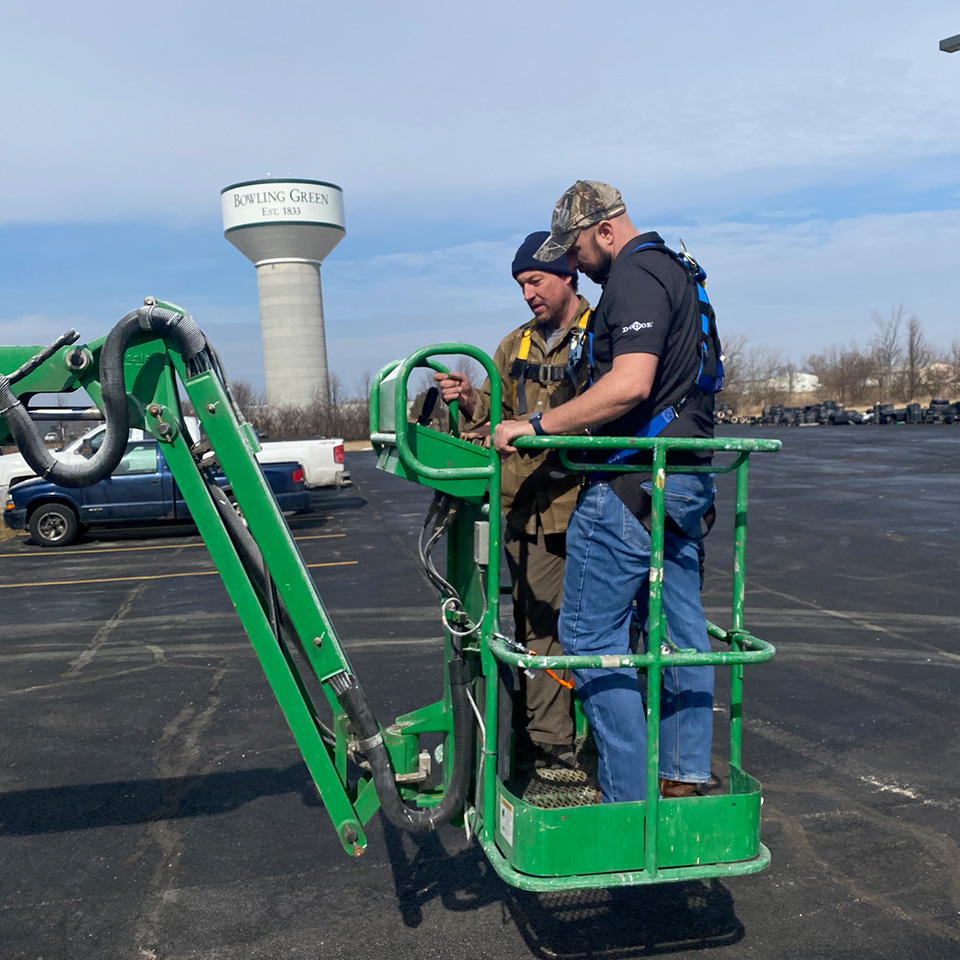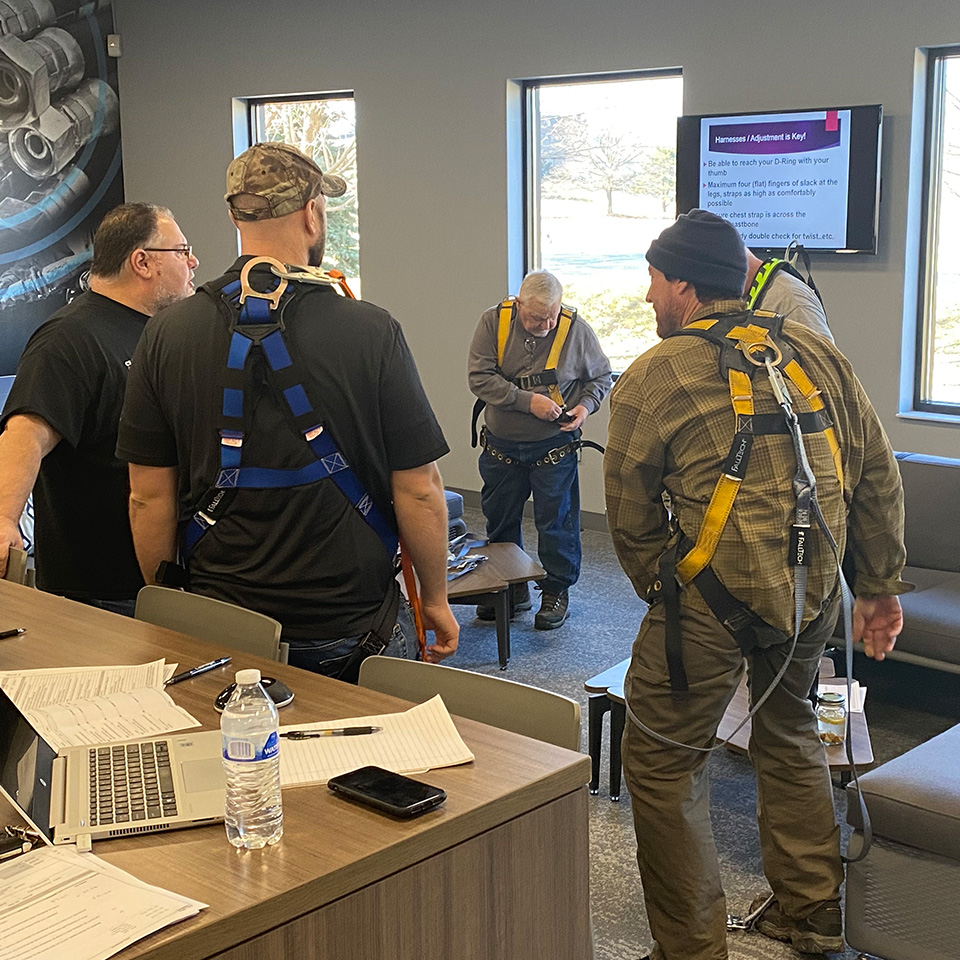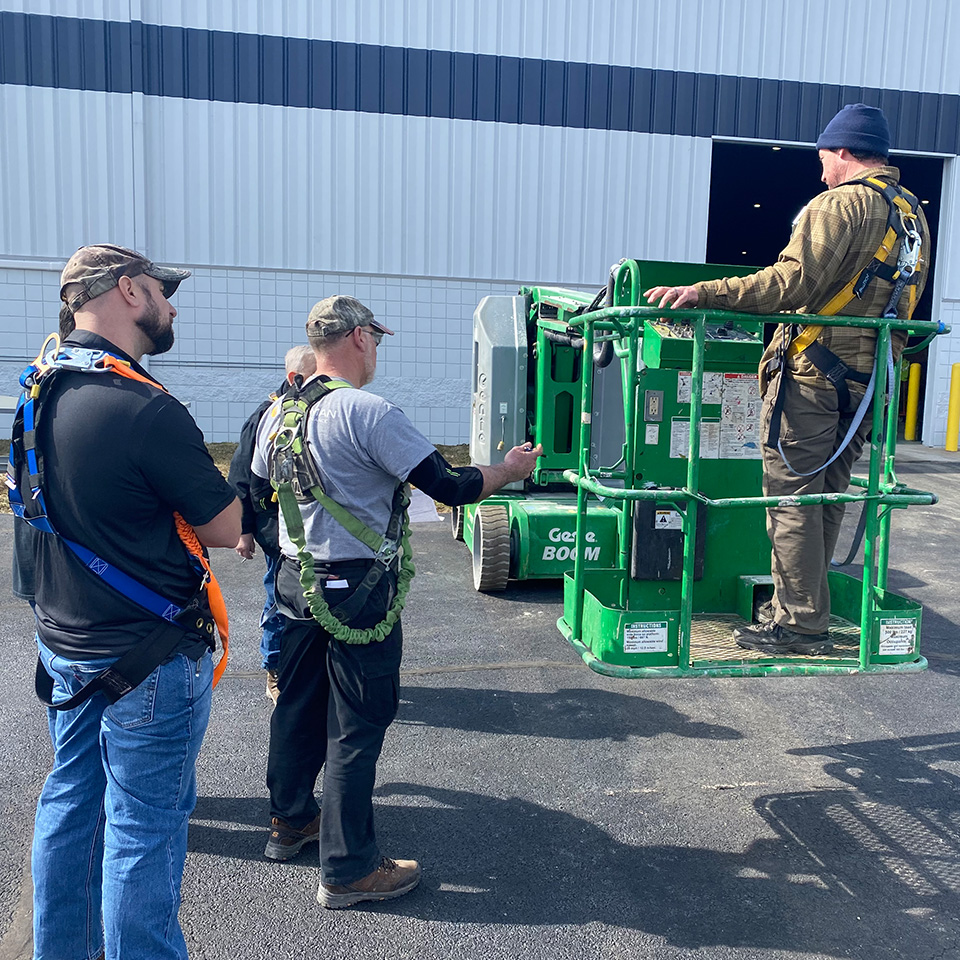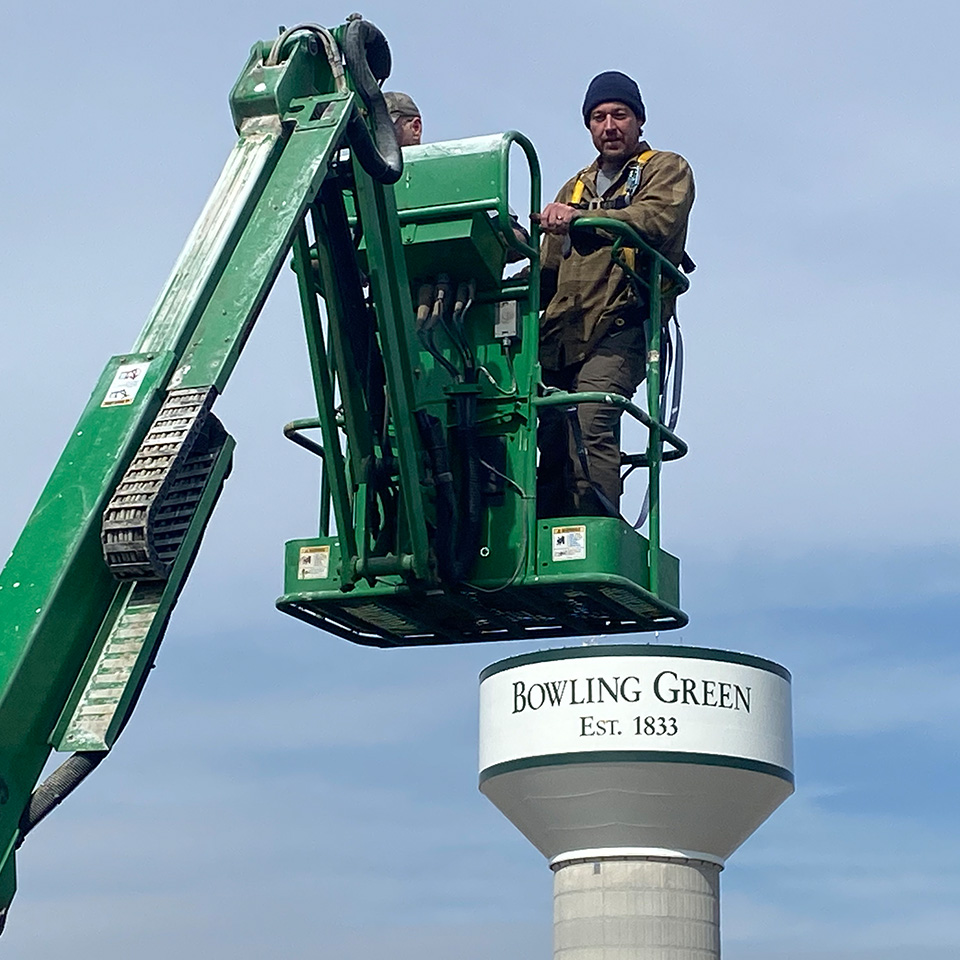
There’s a whole mess of reasons Binkelman partnered with Dodge to better serve our customers in the grain industry. For one thing, Dodge products enjoy a great reputation for moving grain reliably through each phase of processing.
That should be good enough, right? Well, just keep your pants on, friend.
Look at this range of sexy Dodge products, would ya’? Just look at it!
Mounted bearings
- Imperial spherical bearings
- Type E tapered bearings
- ISAF – spherical bearings
- Hydraulic ISAF & ISNX spherical bearings
Gear reducers
- Torque-Arm II
- Motorized Torque-Arm II
- Magnagear XTR®
- Quantis® RHB/ILH/MSM
Are you still lookin’?
Power transmission components
- DM moment couplings
- Raptor elastomeric coupling
- Mechanical drive components
- Conveyor components
And have you heard about Dodge PT Wizard? It’s what all the cool kids are calling “the latest evolution in online selection tools.”
- With PT Wizard you can browse the Dodge inventory, see pricing, select products and place your orders on one platform.
- It uses an intuitive visual interface to help you choose both individual products and packaged solutions.
- With the customized selection process, you can increase efficiency by setting default preferences.
- Dodge poured decades of engineering expertise into PT Wizard, so you can trust that the selections are accurate.
Ready to learn more? Talk with your Binkelman rep or visit PTWizard.com.


